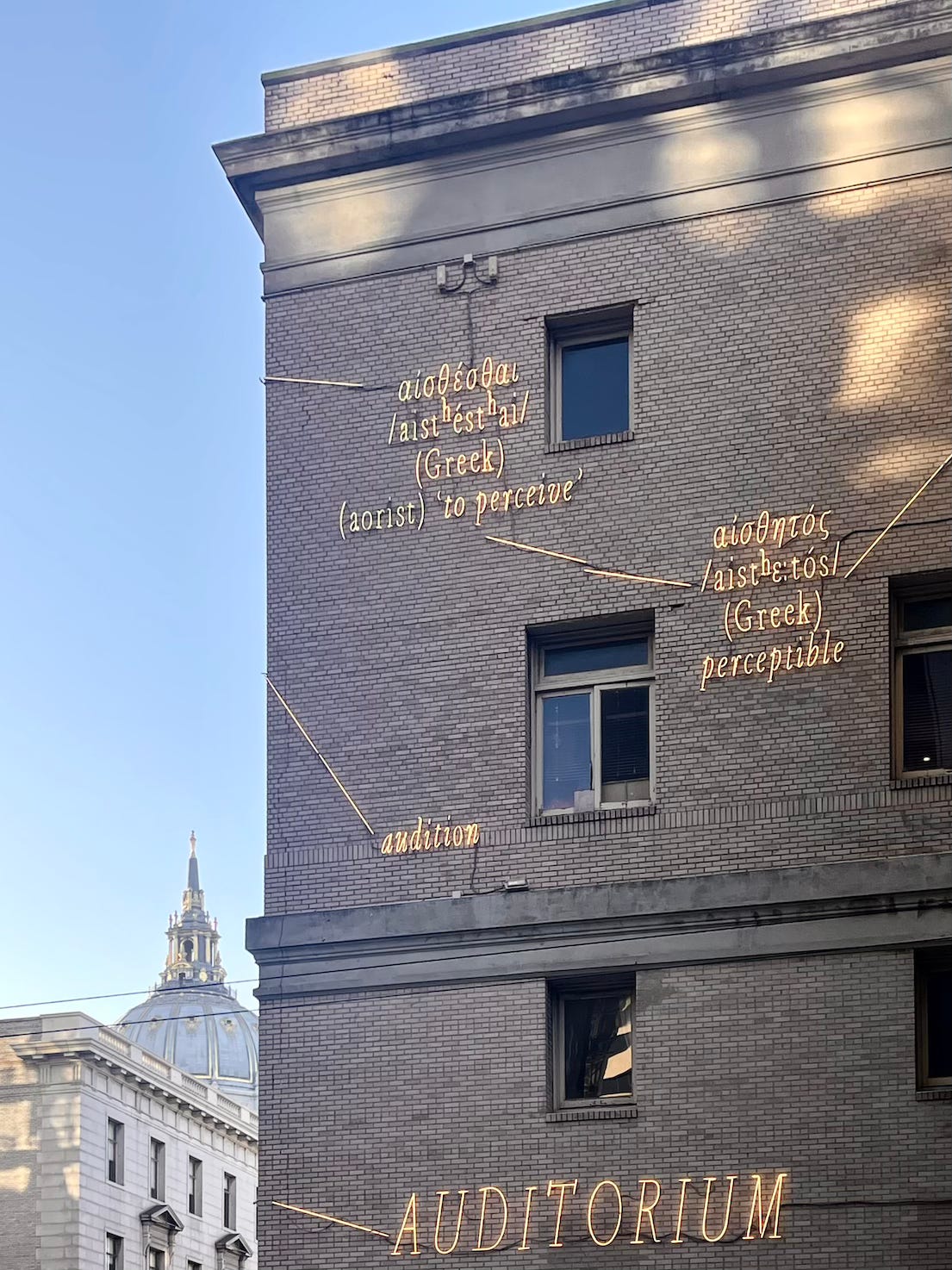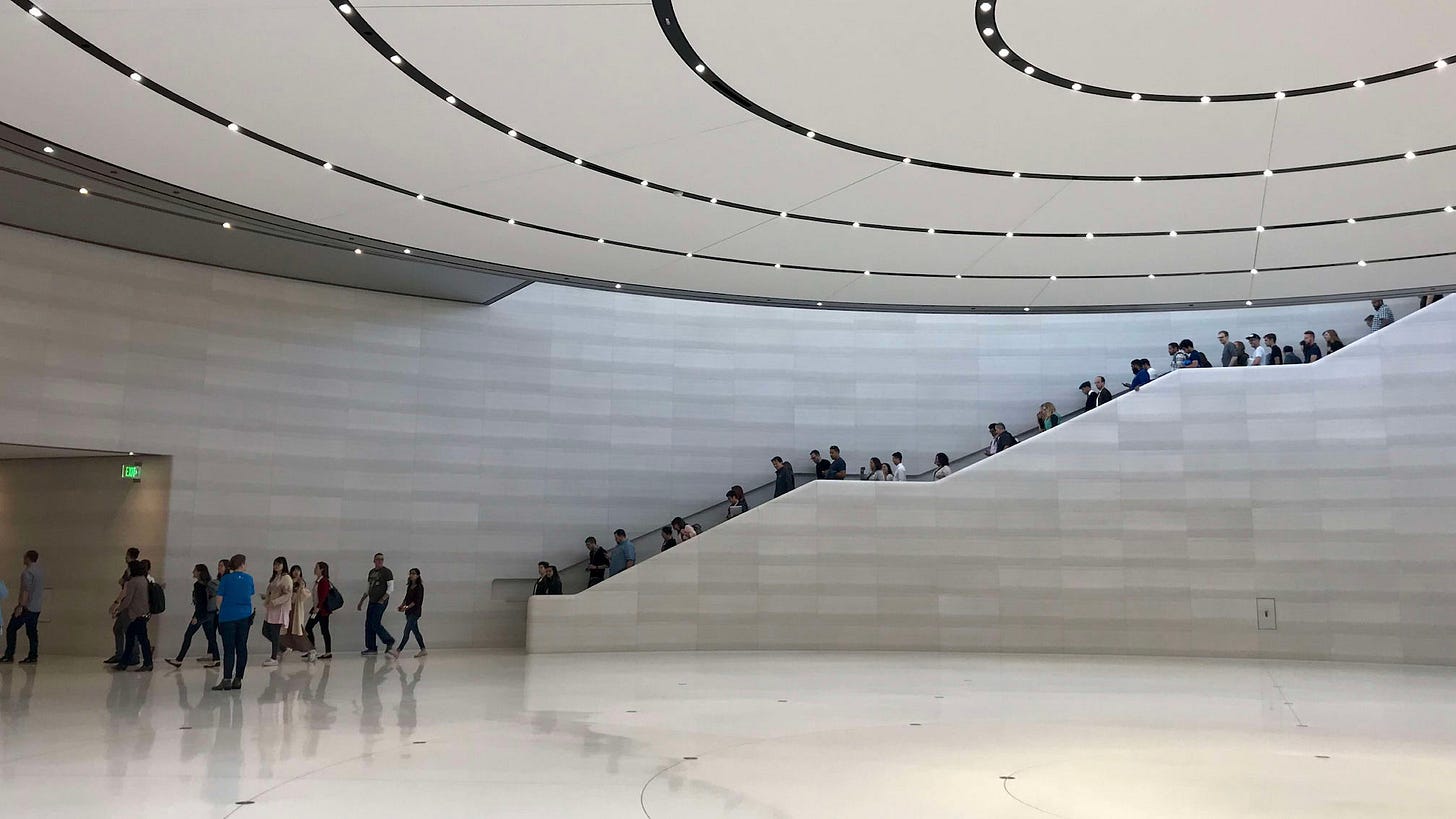Life is a series of trade-offs.
Rarely do we have perfect information when navigating the real world. That is a fantasy which belongs to Go and Chess, both of which have been solved by machines.
Instead, our days are littered with imperfect choices and questions with no neat or tidy answers. Each choice comes with risks and rewards, costs and benefits: How should I save for the future while spending today? Should I leave finance to chase a dream? These aren’t questions we can plug into a calculator, solve for X, or run Monte Carlo simulations until we get it right. But they’re questions math can help us think about.
In my own formal education, I remember exactly when numbers stopped being whole and problems stopped being solvable in a single step: fractions, algebra, calculus, non-Euclidean geometry. I remember them precisely because they were painful—no, moments of betrayal: an abandonment of simplicity, an invitation to uncertainty.
But what if that’s the point?
Last fall, Bijal Shah, CEO of Guild Education, sat for an interview with TIME to explain why math is a core human skill even as AI handles more of it:
Math helps you create frameworks, and frameworks are applicable everywhere. To break down a problem, to understand what the variables are, to be able to pull the pieces together to then say, ‘If these are my options, how do I think about which one is the best?’ It teaches you about optimization functions and what you should be maximizing for.
She calls this optimization, or figuring out what to do when you can’t have it all:
How much should I invest in growth versus how much should I invest in efficiency? Those are trade-off decisions, and that’s an optimization function. It’s not all or nothing.
How much to invest in growth versus efficiency isn’t just a business problem. It’s a life problem:
How much do we give to others versus hold for ourselves?
How should we balance optimism with setbacks?
Commitment with letting go?
Slope with y intercept?
These aren’t questions with clean answers. But they’re questions worth asking. And math gives us the tools to ask them better: to understand what’s at stake, weigh our values, and make peace with the reality that every choice is a compromise.
None of us learned math for the answers.
We learned math for the questions it helps us navigate: what we value, what we fear, what we’re willing to give up for what we stand for. The most important part isn’t getting to the “right” answer. It’s the act of sitting with a problem, naming our assumptions and variables, and building a framework so even if we don’t know what’s next, we’ve at least reasoned and articulated why we’re choosing the path we’re on.
Mathematics is the study of quantity, structure, space, and change; a willing foray into ambiguity. It’s a way of learning to live in nuance, to understand that complexity doesn’t make a problem insoluble. It just means we have to approach it differently.
In machine learning, chain of thought is the process of breaking down a complex problem into smaller, logical steps to reach a solution. This mirrors human reasoning. If you’ve tried ChatGPT o-1, you’ve experienced how this works. It’s well-known that LLMs trained on code perform better at reasoning, even on benchmarks unrelated to coding. My friend GB explains this phenomena as follows:
Practicing reasoning in a domain (like math or code or chess, but can be anything really) transfers to a certain extent to other domains. For example, if you spend a lot of time coding, you'll certainly practice the skill of "double checking your work". That skill turns out to be useful in other contexts too.
The nice property of math and code — and other objective disciplines — is that there is a simple notion of right and wrong (unlike in poetry). This makes it easy to sharpen reasoning skills that are objectively useful (they will help solve more problems correctly, like double checking your work).
For less objective subjects there's a risk of fooling yourself, because you can't really measure what helps and what doesn't, ending up thinking that praying to crystals is working.
Precisely because math is objective, it equips us to handle subjectivity.
Put another way: Math helps us navigate ambiguity.
This is where AI, for all its brilliance and possibility, falls short. Models can crunch numbers, find patterns, spit out probabilities; they are, in fact, prediction engines. Quantum computing portends even greater ability to crunch numbers faster, more efficiently, at speeds and scales previously unimaginable to mankind.
But they can’t tell us what to value.
They can’t sit with the weight of a choice, the uncertainty of not knowing if we’ve done the right thing. That is a human skill, and one we hone every time we face a hard decision or run the mental math on the lives we didn’t live.
Mathematics, then, isn’t just a tool for solving problems. It’s an exercise in humanity. It’s how we make sense of the mess to reach a better outcome by:
Breaking an issue down into steps
Laying out our assumptions
Observing unwritten rules
Verifying their soundness
Building strategies for life
For kids in K-12 today, this makes mastering math more valuable than ever.
In a world where machines handle more of the calculations, more of the black-and-white problems, our role as humans is to lean into the gray: to ask questions that don’t have answers, and embrace the ambiguities that make life complicated and wonderful.
Growing up, I had a hot-and-cold relationship with the subject:
On the one hand, math was straightforward, its solutions elegant, its proofs concrete. Once for a math camp and scholarship program, I wrote my application essay about starting a calculus cafe where people would come in, sit with a cup of coffee, and discuss calculus (weird kid, I know).
On the other hand, math was rigid, unforgiving, at times absurdly untethered to reality. After K-12, I knew nothing of filing taxes, but I could solve for how fast the pizza delivery guy/gal is moving when the moon is overhead casting a shadow at 40 degrees and his destination is 50 km away while Neptune is in retrograde (trig, basically).
When we learn and struggle through math problems, we aren’t merely learning how to solve for X. We are building mental models and emotional resiliency for navigating a lifetime of ambiguity. Learning math is the experience of sitting with tough questions, creating clarity from complexity, and learning to live with choices (and consequences) that aren’t perfect. But they are ours. And we bear responsibility.
Mastering math is mastering how to think, check our work, and improve our strategies for tackling seemingly insoluble problems. The world has lots of those!






